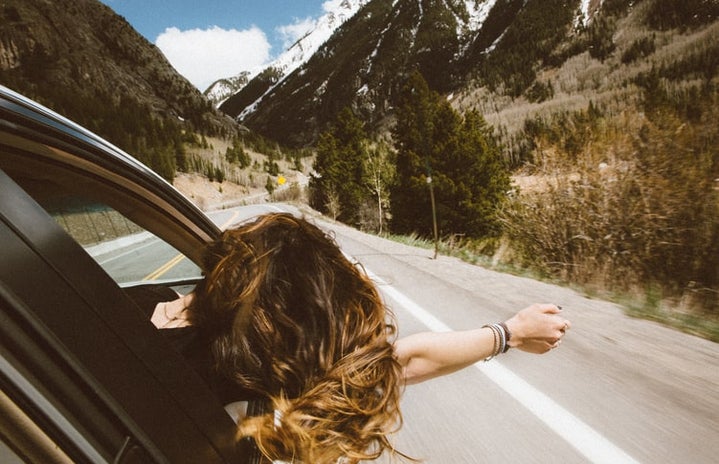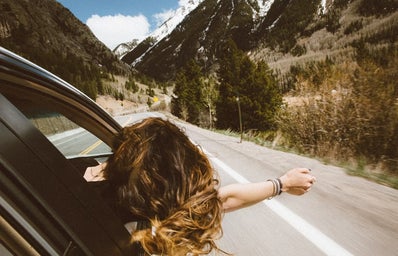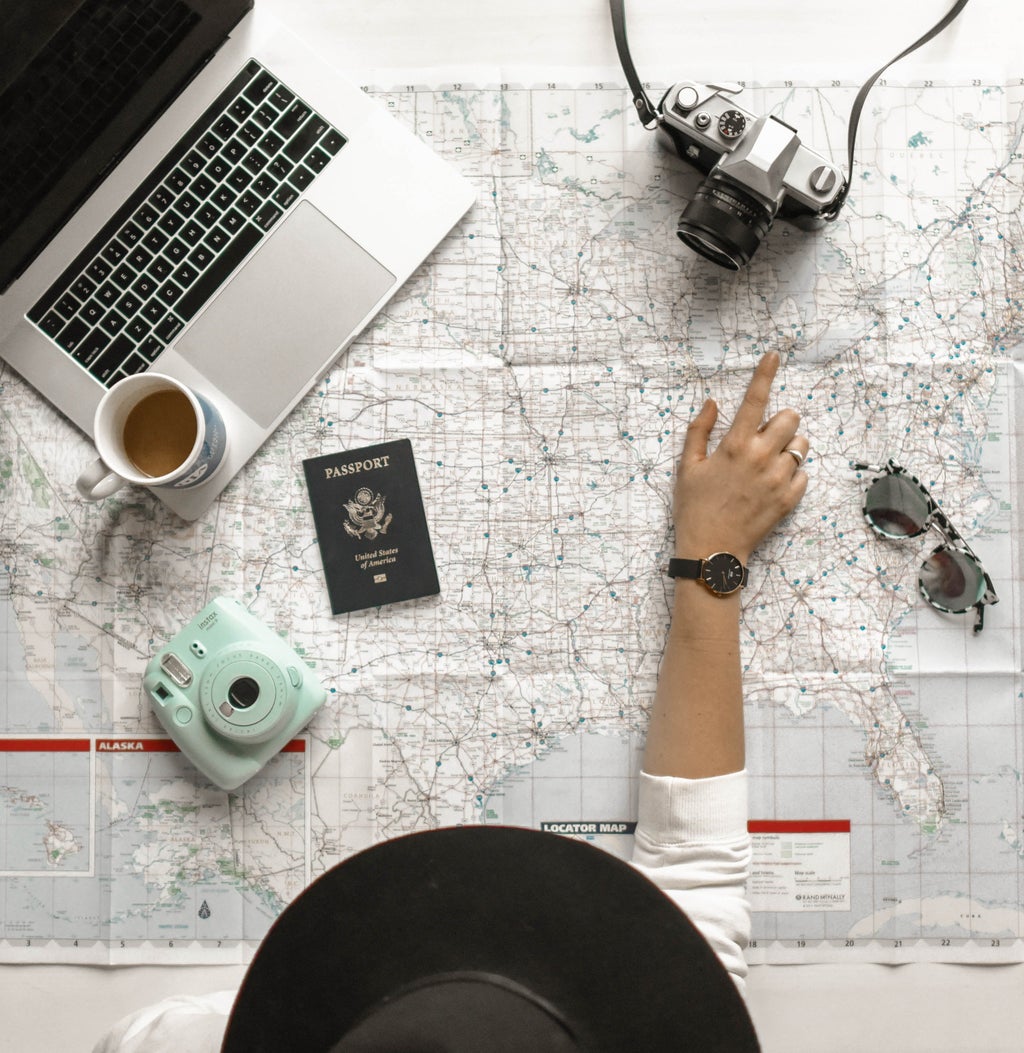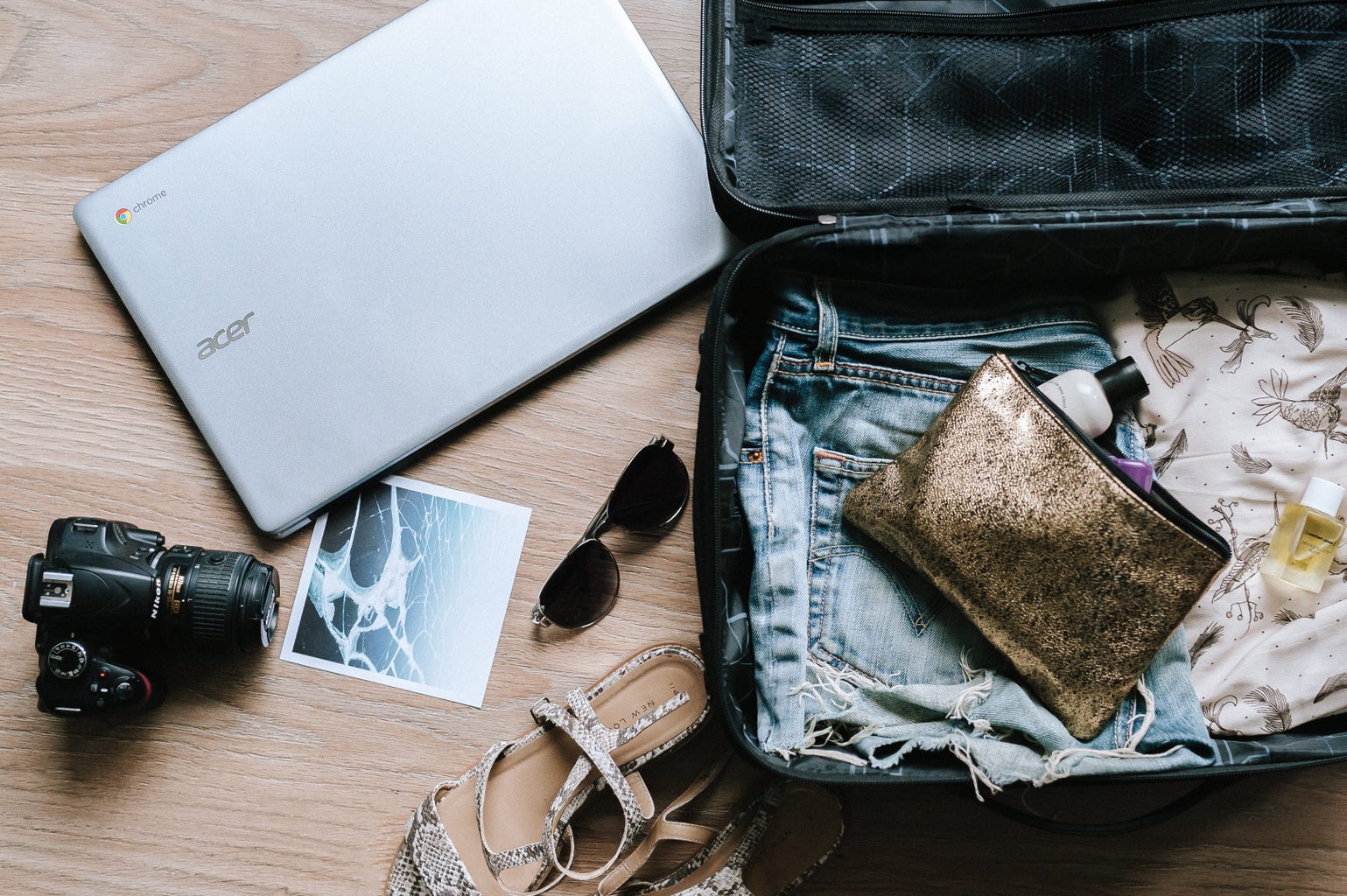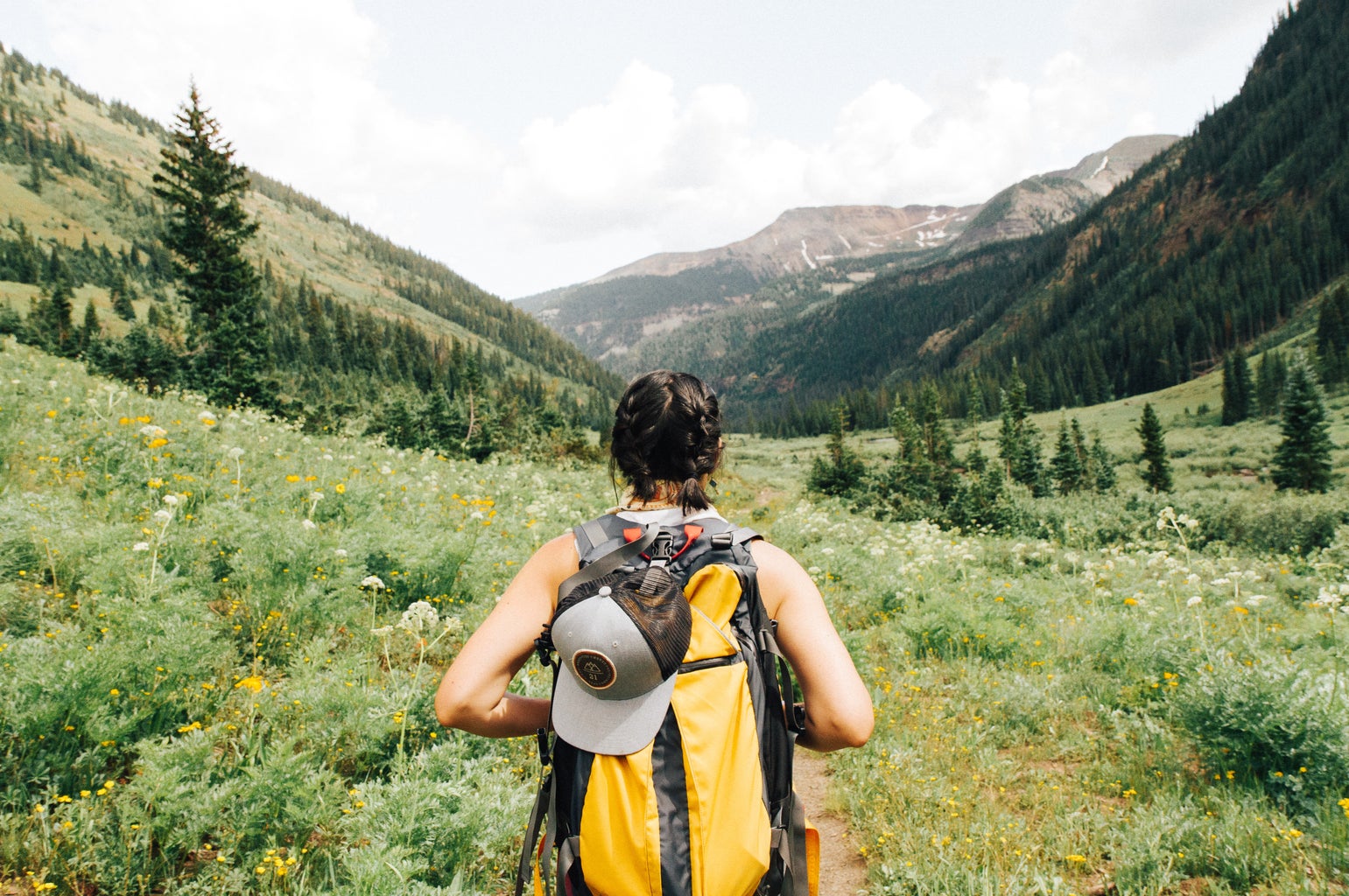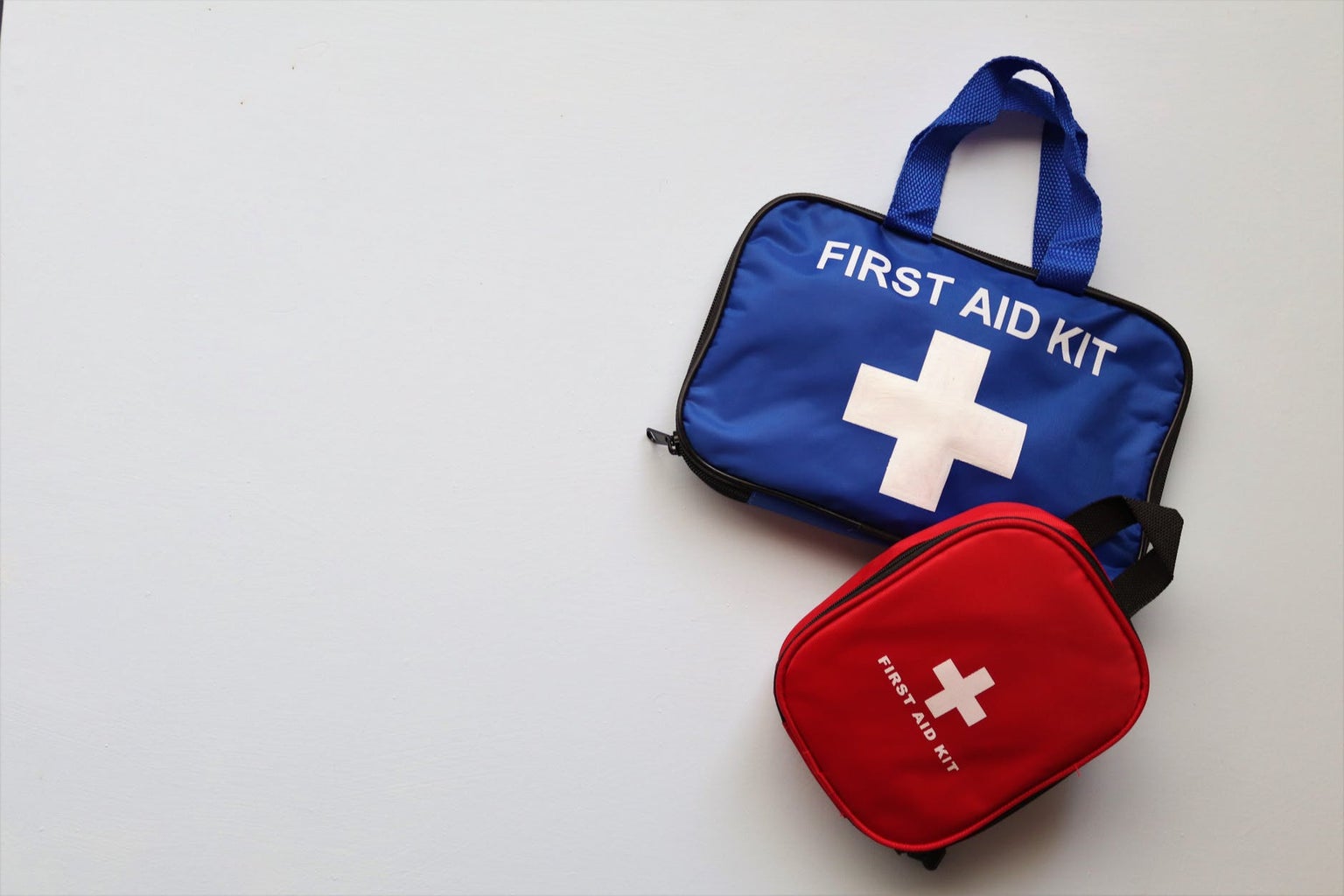Last summer, I had the opportunity to visit some of the U.S. national parks with my best friends from high school. Although it took nearly six months of preparation, it was well worth it in the end. From developing a greater appreciation of natural beauty to getting to spend time with friends who go to a different university, this was one of the highlights of my summer. Along the way, I learned many lessons about planning and going on a national park road trip, many of which I’ve shared below.
1. Choosing Your Locations and Route
Choosing your locations is the first step in planning your trip. We started brainstorming about six months before our departure date, considering many different regions, states and parks. Ultimately, we decided on going to Yellowstone (WY) and Grand Teton (WY), traveling through Theodore Roosevelt (ND) on the way there and the Badlands (SD) on the way back. We used Google Maps as our primary resource, evaluating different routes for time, scenery and opportunities to stop.
2. Finding Places to Stay
Many campsites, hotels and cabins within and around popular national parks fill up fast, so it is important to check to see how far in advance you need to book. In order to keep costs low, we decided to camp throughout our week-long trip. We booked campsites at Yellowstone and Grand Teton around four months before our departure date, relying on the National Park Service website for information on when booking for the season opened and how fast sites usually went. Because Theodore Roosevelt and the Badlands are somewhat less visited (although still amazing), we were able to get sites here relatively easily around two-three months ahead of time.
3. What to Bring
Weather and location are the most important factors in deciding what clothing to bring on your trip. Temperatures can fluctuate widely, so plan on bringing a variety of clothing, focusing on items you can layer. A sunhat and sunscreen are essential, especially if going out West. Although deciding what food to bring was a challenge, grocery shopping beforehand and keeping a cooler ended up being pretty easy. Regardless of where you stay, figuring out necessary camping equipment ahead of time will help you later.
4. What to Do
You have reached your destination. . . now what? For us, something helpful in answering this question was looking up popular and recommended places online. The National Park Service website is an amazing resource, and you can easily find blogs giving you more of an insider’s perspective, often mentioning “hidden gems” that are definitely worth seeing. However, you definitely do not need to have an extensive itinerary planned out to have fun—often the most enjoyable experiences come from going with the flow and being spontaneous!
5. In Case of Emergency
It is essential to be ready for whatever situations may come your way during your trip. Keeping a first aid kit and other emergency items accessible is a great first step, as is ensuring that you bring sufficient identification and multiple forms of payment. Additionally, it’s always a good idea to have a plan for emergency medical, weather and car events.
Planning a national park road trip may take a bit of work, but is absolutely worthwhile. The stages of planning can even be fun, allowing you to start exploring before your departure date. Ultimately, considering the many practical aspects of planning will help ensure your trip runs smoothly and that you are able to focus on enjoying these beautiful natural places. I hope my advice and experiences can be helpful in starting your own adventure!
